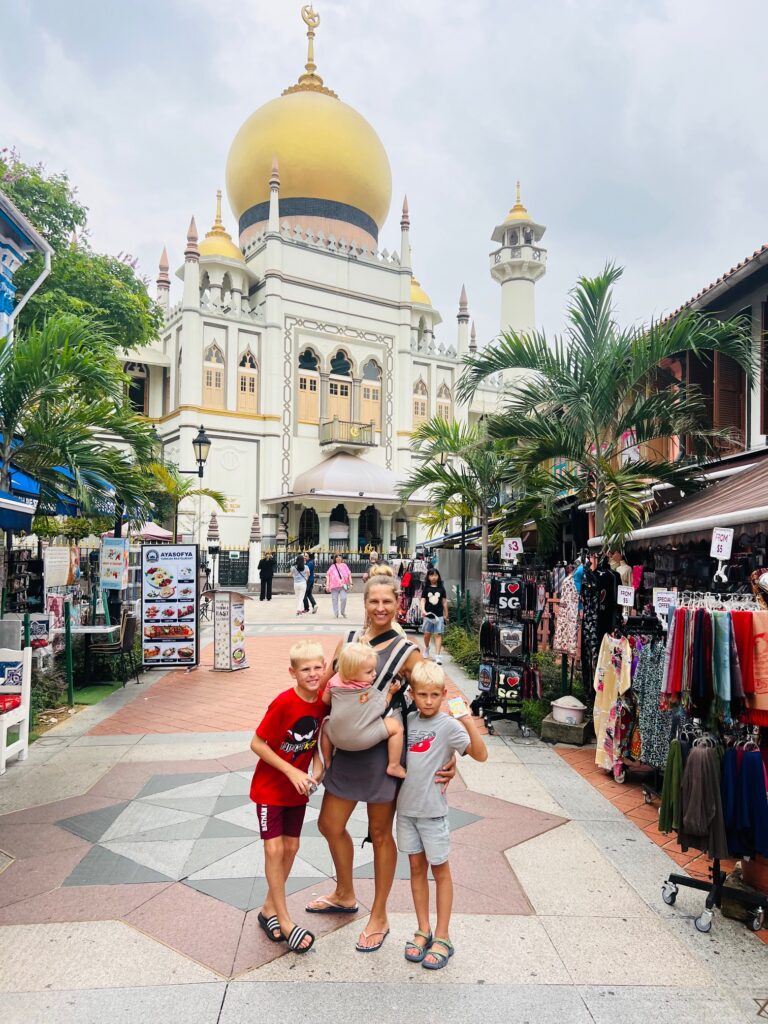Exploring Singapore: A Guide to Public Transportation

Singapore, a city-state known for its efficiency, cleanliness, and modernity, boasts one of the world’s best public transportation systems. Whether you’re a tourist or a local, navigating the Lion City is a breeze with its extensive network of buses, trains, and taxis. In this blog post, we’ll explore the various ways to travel around Singapore, approximate costs, and essential tips to make your journey smoother.

Modes of Transportation
- Mass Rapid Transit (MRT) The MRT system is the backbone of public transportation in Singapore, offering a fast and reliable way to travel across the island. The network consists of several lines, including the North-South, East-West, Circle, Downtown, and Thomson-East Coast lines, among others. Stations are well-connected, making it easy to reach key destinations like Orchard Road, Marina Bay, and Changi Airport.
- Operating Hours: Approximately 5:30 AM to midnight daily.
- Frequency: Trains run every 2-3 minutes during peak hours and 5-7 minutes during off-peak hours.
- Fares: Range from SGD 0.92 to SGD 2.17, depending on the distance traveled. Contactless payment options like EZ-Link cards and Singapore Tourist Passes are available for convenience.
- Public Buses Singapore’s bus network complements the MRT system, covering areas that are not directly accessible by train. With air-conditioned buses, traveling by bus is comfortable and convenient.
- Operating Hours: Most buses operate from 5:30 AM to midnight, with some night services available.
- Frequency: Buses run every 5-15 minutes depending on the route and time of day.
- Fares: Similar to MRT fares, ranging from SGD 0.92 to SGD 2.17. Payment can be made using EZ-Link cards or contactless payment methods.
- Taxis and Ride-Hailing Services For those who prefer a more direct route or are traveling in groups, taxis and ride-hailing services like Grab and Gojek are widely available.
- Fares: Taxi fares start at SGD 3.20 to SGD 3.90, with additional charges based on distance, time of day, and any applicable surcharges. Ride-hailing services have dynamic pricing, so fares may vary.
- Bicycle and Scooter Rentals Eco-friendly and increasingly popular, bicycle and scooter rentals are a great way to explore Singapore at your own pace. Companies like Anywheel and SG Bike provide easy-to-use rental services.
- Fares: Typically, bicycle rentals cost around SGD 1 per hour, while scooter rentals range from SGD 2-5 per hour.

Things to Know About Public Transportation in Singapore
- EZ-Link Cards and Singapore Tourist Passes -The EZ-Link card is a stored-value card that can be used on buses, MRT, and some taxis. It offers a convenient and cashless way to pay for your rides. The Singapore Tourist Pass, available for 1, 2, or 3 days, offers unlimited travel on buses and trains, making it a great option for tourists. But if you do not have one – no problem- you can tap your VISA card and get going as it is accepted everywhere!
- Connectivity and Accessibility – Singapore’s public transport is designed with accessibility in mind. Most MRT stations and buses are wheelchair-friendly, and there are designated priority seats for the elderly, pregnant women, and people with disabilities.
- Safety and Cleanliness – Known for its stringent regulations, Singapore ensures that its public transportation system is safe and clean. Eating and drinking are prohibited in MRT stations and on trains to maintain cleanliness. Surveillance cameras are also installed to enhance security.
- Real-Time Information – Apps like MyTransport.SG and SG BusLeh provide real-time updates on bus arrival times, MRT schedules, and service disruptions. These apps are invaluable for planning your journey efficiently.
- Climate Considerations. – Singapore’s tropical climate means it can be hot and humid. Fortunately, all MRT trains and most buses are air-conditioned, providing a respite from the heat. It’s also a good idea to carry a water bottle to stay hydrated during your travels.

Tips for Using Public Transportation
- Plan Your Route: Use transit apps or Google Maps to plan your route ahead of time, especially if you’re new to the city.
- Avoid Peak Hours: If possible, travel outside of peak hours (8-9 AM and 6-7 PM) to avoid the crowds.
- Stand on the Left: When using escalators, stand on the left to allow others to pass on the right.
- Mind the Gap: Be cautious when boarding and alighting from trains, and always stand behind the yellow line on platforms.
Conclusion
Singapore’s public transportation system is a testament to the city’s commitment to efficiency and convenience. With various modes of transportation available at reasonable prices, getting around the city is both easy and enjoyable. Whether you’re a resident or a visitor, make the most of Singapore’s public transport to explore all that this vibrant city has to offer. Safe travels!
Here is the useful link if you want to see a map of rail system of Singapore: RAIL SYSTEM- SINGAPORE